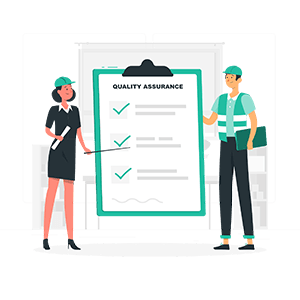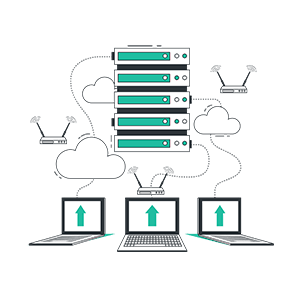
Guide: Supplier Quality Management
Author: Daniel Croft
Daniel Croft is an experienced continuous improvement manager with a Lean Six Sigma Black Belt and a Bachelor's degree in Business Management. With more than ten years of experience applying his skills across various industries, Daniel specializes in optimizing processes and improving efficiency. His approach combines practical experience with a deep understanding of business fundamentals to drive meaningful change.
×

 At its core, SQM involves a series of coordinated activities and procedures that companies implement to ensure their suppliers deliver goods and services that meet predefined quality criteria. These activities often encompass supplier assessment, quality audits, ongoing performance monitoring, and the establishment of quality agreements. The overarching goal is to create a harmonious alignment between a company’s quality expectations and the supplier’s ability to consistently meet these expectations.
At its core, SQM involves a series of coordinated activities and procedures that companies implement to ensure their suppliers deliver goods and services that meet predefined quality criteria. These activities often encompass supplier assessment, quality audits, ongoing performance monitoring, and the establishment of quality agreements. The overarching goal is to create a harmonious alignment between a company’s quality expectations and the supplier’s ability to consistently meet these expectations. The foundation of an effective SQM program is a well-defined framework. This framework serves as a blueprint guiding all activities related to supplier quality management. Key elements of this framework include:
The foundation of an effective SQM program is a well-defined framework. This framework serves as a blueprint guiding all activities related to supplier quality management. Key elements of this framework include:


